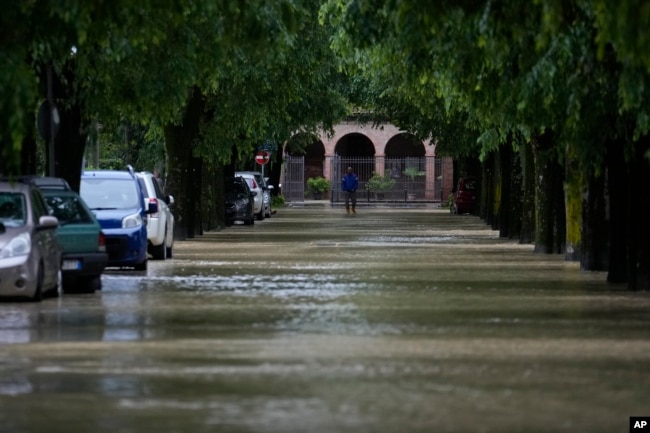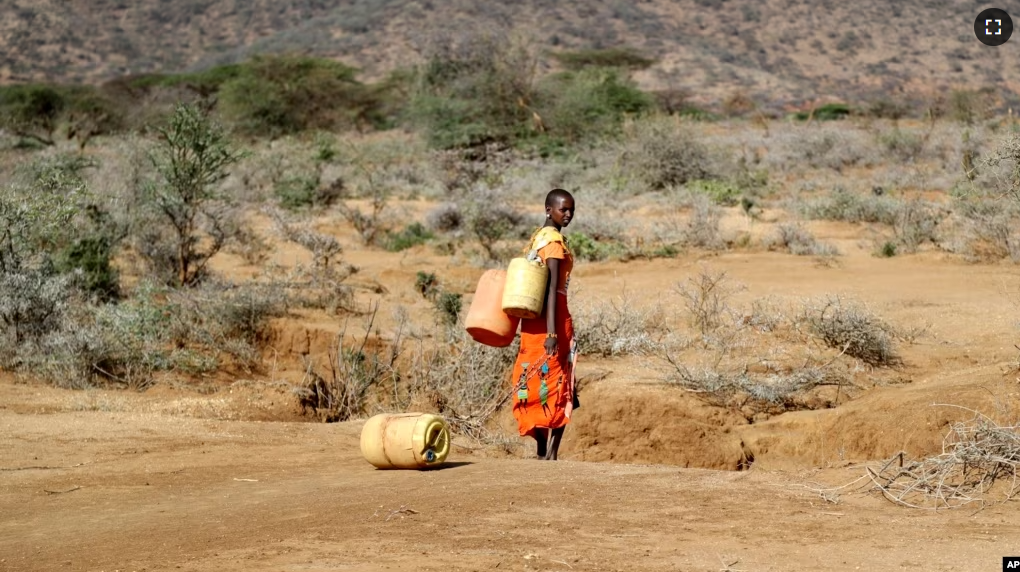The United Nations’ weather agency reports that world temperatures are likely to reach dangerous levels within the next five years.
The World Meteorological Organization, or WMO, released a report on the subject Wednesday. It said the 1.5 degrees Celsius rise in temperatures might be temporary. But, the agency noted, such a rise would break the limit sought by the 2015 Paris climate agreement.
In 2018, scientists said a temperature increase past 1.5 degrees Celsius would result in death, damage and destruction to the world’s ecosystems.
After the 2015 Paris meeting, most nations agreed to try to limit the burning of coal, oil and gas to prevent a temperature increase. The new WMO report says the use of those fuels, combined with the weather condition called El Nino, will push temperatures to a dangerous level.
Adam Scaife is a weather forecaster in Britain who worked on the report. He said last year, the WMO said there was a 50 percent chance temperatures would increase by 1.5 degrees by the year 2027. This year, the new report says that probability is greater, at 66 percent.
Scientists from 11 different climate centers around the world produced the report.
The increase in temperatures is important. But it may be brief, scientists say.
Report co-writer Leon Hermanson is a climate scientist in Britain. He said the report is “more of a barometer of how we are getting close,” and that the more times the world’s temperature goes above the dangerous level, the closer it gets to staying there.

But the climate scientists said they do not believe the world’s temperatures will pass the 1.5 degree mark for good until the 2030s.
Petteri Taalas is WMO Secretary-General. The experts, he said, are “sounding the alarm.” The report, he added, “does not mean that we will permanently exceed the 1.5 Celsius level specified in the Paris Agreement.”
Zeke Hausfather is a climate scientist based in California who did not work on the report. He agreed that it is not likely the long-term average would pass 1.5 degrees Celsius until the “early-to-mid 2030s.”
The WMO report also said there is a 98 percent chance that one of the next five years will be the hottest on record. The last year that produced an extreme increase was 2016, when temperatures went up by 1.3 degrees Celsius.
The scientists noted that a weather pattern called La Nina over the last three years produced cooler temperatures. The cooler weather made it harder to see the human contribution to the planet’s temperatures.
The experts are concerned about the coming El Nino period.
“Where there were floods before, there will be droughts,” Hermanson said. “And where there were droughts, there might be floods.”
Scientists said the Amazon may be drier than usual, and the Sahel area of Africa may be wetter.
That is one of the pieces of good news from the report.
“It’s not all doom-and-gloom and heat waves,” Hermanson said.
Another climate scientist who did not work on the report is Michael Mann of the University of Pennsylvania. He said reports like the one from the WMO are too concerned about surface temperatures. Instead, he said scientists should be worried about the deep waters of the oceans. That is the part of the Earth that is most affected by human-caused warming.
He also noted that there is still time to lower carbon emissions and prevent the long-term temperature rise.
“That’s what we need to be focused on,” Mann said.
I’m Ashley Thompson.
Dan Friedell adapted this story for Learning English based on reports by Reuters and the Associated Press.
___________________________________________________________________
Words in This Story
barometer –n. something that is used to indicate or predict something
alarm –n. a device that makes a loud sound as a warning
contribution –n. something that is done to cause something to happen
drought –n. a period of time with dry conditions and very little rain
doom-and-gloom –expression. a way to discuss bad news or feelings
focus –v. to pay careful attention to a topic
